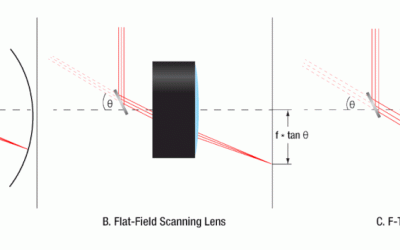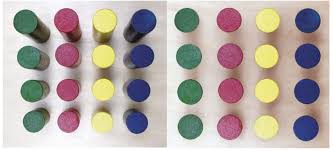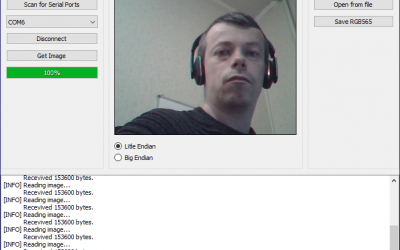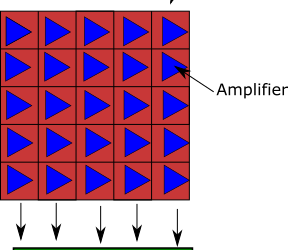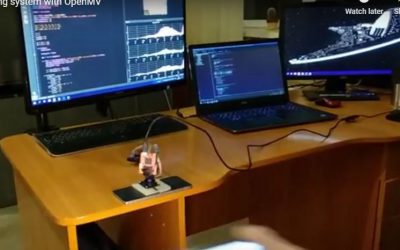Liquid lenses, are a type of optical lens that have a tunable focal length by shaping a liquid electronically. These lenses can be based on voice coil actuation, or based on electrowetting technology, which involves manipulating the surface tension of a conductive...
machine vision
Powell Lens Design
by Victor Argueta | FAQ, lens design, machine vision, optical design
Previous posts have reviewed different techniques for beam homogenization as well as the difference between spot size and beam angle. This post will review a method for beam shaping using Powell Lenses. Powell lenses are lenses that create a straight laser line by...
The Role of F-theta Lenses in Laser Scanning
by Victor Argueta | lens design, lens design consulting, machine vision
Introduction to f-theta Lenses In the landscape of optical systems, the introduction of f-theta lenses is an important chapter, offering a solution to the challenges posed by traditional lenses in laser scanning applications. As laser technology becomes more...
Telecentric Lens Design: Enhancing Precision in Optical Systems
by Victor Argueta | FAQ, lens design, lens design consulting, machine vision, optical engineering
Introduction to Telecentric Lenses An important goal in machine vision applications is taking measurements in a consistent, accurate, and precise manner. This can include measuring the dimensions of manufactured parts to guarantee they are within the design...
Moving from RasberryPi image processing to an MCU
by John | machine vision
We’ve built a number of image processing systems that use Raspberry Pi and other single board computers together with OpenCV and other Python libraries such as Scikit image and Dlib. For example, take a look at this defect inspection system This works well for...
Which is better a CCD or CMOS image sensor?
by Victor Argueta | machine vision, optics
CCD vs CMOS CCD and CMOS are both image sensors. They can be found in any device that creates an image. Cameras, webcams, mobile phones. They are one of the most common consumer electronics in world. For many years there has been a debate about which image sensor: CCD...
Object tracking with OpenMV
by John | machine vision
We’ve been experimenting recently with our OpenMV camera and tools. In this video, you can see a simple system to track objects. Building this cost just $80 for the camera and a few hours’ time of coding and testing. In addition to a cellphone backlight , we were able...
Reducing speckle noise in 3D mapping
by John | machine vision, optical design
Laser sources are typically used in 3D depth mapping of random and pseudo-random pattern projectors. This is because laser sources are coherent enough to diffract through a diffractive optical element (DOE), unlike non-coherent sources (LED), which can't. The downside...
Simple optical device for defect detection
by John | machine vision
In industrial applications (including automotive and aviation), small manufacturing defects can lead to expensive or catastrophic failures. Manufacturers rely on human inspection or costly and complex optical systems hardware to detect such defects. Recent advances in...


